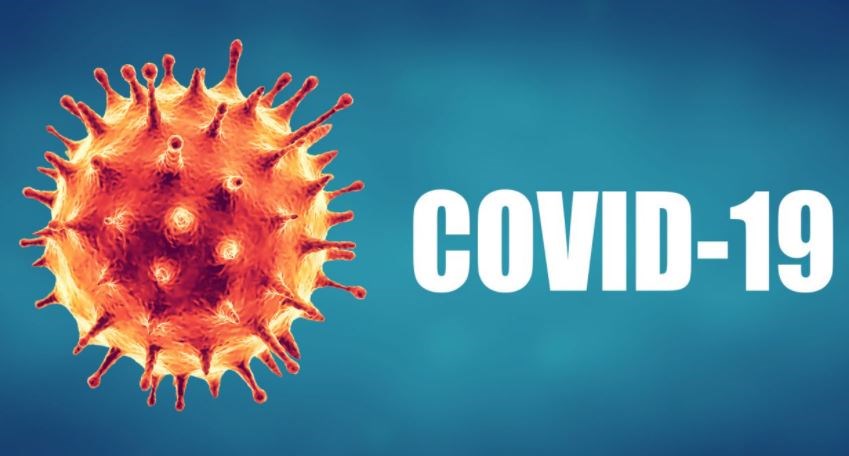WHITE RIVER— Algoma Public Health answers the concern with “How do I know if I am a close contact?”, by explaining who and what should be done if you are that close contact infected with COVID-19.
APH defines a close contact "as someone who has a high risk of contracting COVID-19 based on their time spent exposed to someone who has tested positive.
They further explained that you are a close contact if you had contact with the ill individual: *Within 48 hours prior to their symptom onset and self-isolation; AND
- Were in close proximity (less than two metres) for 15 minutes or for multiple short periods of time without the appropriate public health measures (i.e. masking, distancing, PPE, etc.)
The Health Unit offered more detailed information and guidelines to further answer concerns about what a close contact is and how it is determined. Key indicators they mention include:
- The period of communicability is the time that the case you were exposed to was infectious and likely to spread the virus to others. Their period of communicability began 48 hours before the case’s first symptom appeared. If they did not have symptoms, their period of communicability began 48 hours before they were tested. This lasts until the end of their isolation.
- A high-risk or close contact is someone who the confirmed case interacted with for more than a brief amount of time in total at less than two metres distance during their period of communicability.
- A close contact can also be someone the case shook hands with, hugged, or kissed, but could also be someone they were sitting near for a couple minutes, as COVID-19 can be spread through droplets from someone coughing, sneezing, or talking.
- All the case’s household members are considered close contacts.
- Other close contacts may be family you do not live with, friends, or people you work with.
For more FAQ’s they provided the following link: www.algomapublichealth.com/exposed
